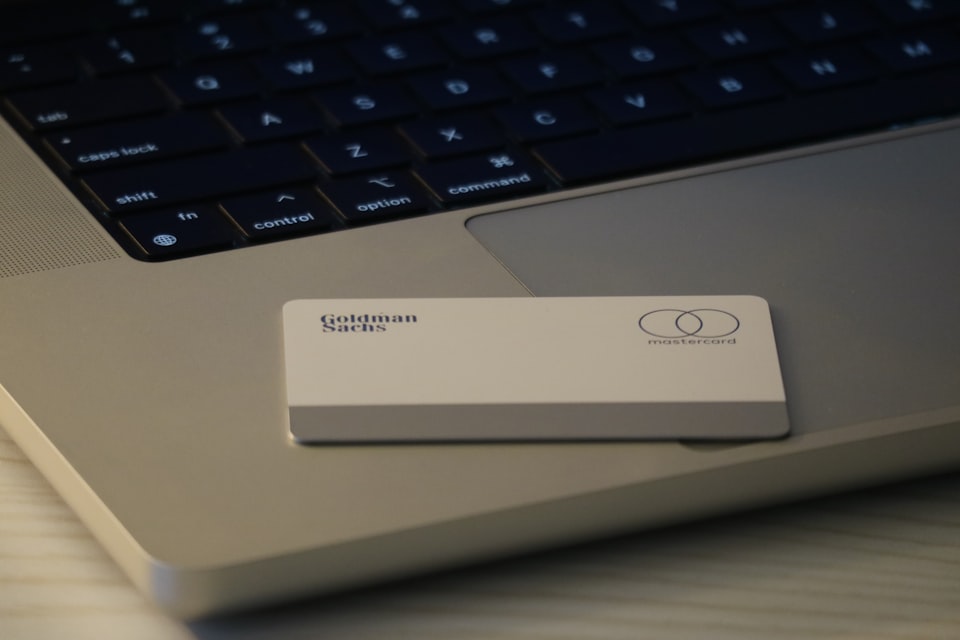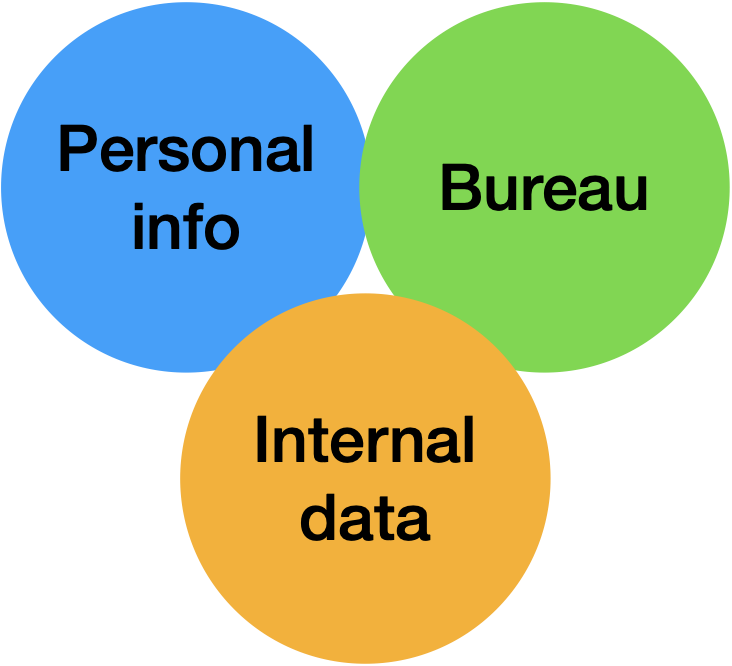Deep Dive into Credit Card Application Process

In the United States, maintaining a strong credit history holds significant importance as it directly impacts your financial savings when applying for credit cards, auto loans, mortgages, and more. When applying for a credit card, for example, creditors assess your creditworthiness to determine the credit limit and interest rate. However, numerous factors are at play behind the scenes in this evaluation process. Today, let's delve deeper into this intricate process.
1 Application Information
The information required on the application form for a credit card typically includes:
Personal details: Full name, date of birth, address, email, and phone number. These details serve to confirm your identity and ensure the physical delivery of the credit card.Social security number (SSN) or other tax ID: This information is utilized to access your credit history.Income: Providing your total annual income helps assess your capacity to repay.
Additionally, digital footprints such as application channel, device used, IP address, and more are tracked for comprehensive data analysis.
Moreover, credit card companies utilize their internal databases, leveraging historical behaviors of prospective applicants or similar customers to aid in their decision-making process.

2 Verification
What happens if customers provide inaccurate information, like falsifying their income to secure higher credit limits? This is where the verification process becomes crucial. Credit card companies utilize a multi-layered approach to authenticate customer details provided during credit card applications. This rigorous process is designed to validate information accuracy, reduce instances of fraud, and enable well-informed decisions regarding an individual's creditworthiness.
2.1 Data Verification
Credit card companies utilize various data verification techniques to confirm the accuracy of personal information provided by applicants. These techniques include:
Name Verification: Applicant names are cross-checked against public records and databases to ensure they match the provided Social Security number and date of birth.
Address Verification: Billing and residential addresses are verified against postal records and public databases to confirm their existence and validity. This may involve using the Address Verification Service (AVS) to compare the billing address provided by the applicant to the address associated with their credit card.
Social Security Number (SSN) Verification: SSNs are verified against Social Security Administration (SSA) records to confirm their validity and link them to the applicant's name and date of birth.
Date of Birth Verification: Dates of birth are verified against public records and databases to ensure they match the provided SSN and name.
2.2 Employment and Income Verification
Credit card companies employ various methods to verify employment and income information:
Employer Verification: Employers may be contacted directly to confirm employment status, position, and salary. This may involve phone calls, email verification, or online employer verification services.
Income Verification: Income details may be verified through direct deposits, paystubs, W-2 forms, or tax returns. Credit card companies may also use third-party income verification services that access employment and payroll data.
2.3 Credit History Review
Credit card companies pull credit reports from one or more of the major credit bureaus (Experian, Equifax, and TransUnion) to assess an applicant's credit history. These reports provide detailed information about:
Credit Usage: Past credit usage patterns, including types of credit used, credit limits, and balances.
Payment History: On-time payment records, late payments, and delinquencies.
Credit Score: A numerical representation of creditworthiness, typically ranging from 300 to 850.
Outstanding Debts: Current credit obligations, including loans, credit cards, and other lines of credit.
2.4 Fraud Detection Mechanisms
Credit card companies utilize sophisticated fraud detection systems to identify potentially fraudulent applications. These systems analyze patterns, anomalies, and inconsistencies in the information provided to flag potential risks. Common fraud detection techniques include:
Address Matching: Comparing the billing address provided with the address associated with the credit card and other known addresses of the applicant.
Velocity Checks: Monitoring the frequency of credit card applications from the same device, IP address, or individual to identify potential patterns of fraudulent activity.
Data Cross-Referencing: Matching information provided on the application against various databases, such as known fraud lists, to identify potential red flags.
Machine Learning Algorithms: Employing machine learning models to analyze complex patterns and anomalies in application data to predict potential fraud.
2.5 Additional Verification Methods
In some cases, credit card companies may request additional verification measures to further confirm the authenticity of the application and the identity of the applicant. These methods may include:
Document Verification: Requesting copies of government-issued IDs, such as driver's licenses or passports, to confirm identity.
Proof of Address: Requesting copies of utility bills, bank statements, or other documents to verify the applicant's residential address.
Phone Calls or Emails: Conducting phone calls or sending emails to the applicant to confirm the accuracy of the information provided and to verify their identity.
By employing these comprehensive verification processes, credit card companies strive to ensure the accuracy of customer information, protect themselves from fraud, and make informed decisions about creditworthiness. This helps maintain the integrity of the credit system and protects both consumers and financial institutions.
3 Analytics
In fact above processes need intensive data analytics and modeling, this in general includes:
Data cleaning and quality check: verify the validity of the gathered information.Modeling: build mathematic models to extract the pattern of the the massive application data, and score new applications.Decision rules: each application goes through the pre-determined rules to approve/decline the application, and the credit limit along with interest rate if approval, or ask applicants for additional information.
In fact this analytics section can be expanded for tons of details so this will be introduced in a separate article.
4 Decisioning & Communication
Credit card companies convey their decisions to applicants through approval or denial notifications. If an application is denied, they might offer explanations and present alternative credit options if available. However, upon approval, typically a few days after the decision, the credit card, along with detailed terms, will be sent to your mailbox. Upon receipt, you can activate the card and begin using it for transactions!
Stay tuned for upcoming posts where we'll explore what unfolds while using the card.